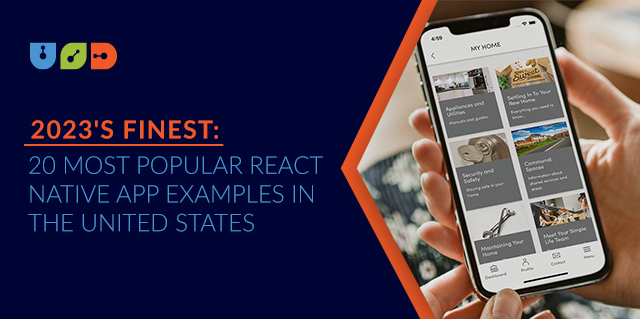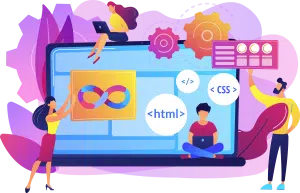Table of Contents
ToggleReact Native has revolutionized mobile app development with its flexibility and efficiency, allowing developers to build high-quality applications for both iOS and Android platforms using a single codebase. In this article, we will explore the history and popularity of React Native, the reasons why companies are choosing this framework for app development, and the 20 most popular React Native app examples in the United States. From social media giants to innovative startups, these apps have left a lasting impact on the mobile app landscape.
React Native Framework
React Native, introduced by Facebook, has become one of the most popular JavaScript frameworks for mobile app development. The framework allows developers to create native-like mobile apps using familiar web development stacks, such as React. The infrastructure of React Native Software is designed to enable seamless cross-platform development, reducing development time and costs significantly.
According to a 2022 survey by Stack Overflow, React Native is the 5th most popular mobile application development framework in the United States, a testament to its widespread adoption and success.
Characteristics of the Framework
Here are some of the main characteristics of the framework:
- Cross-Platform Development: Allows you to build mobile apps for multiple platforms (iOS and Android) using a single codebase.
- JavaScript: Uses JavaScript to create mobile apps, making it accessible to a wide range of developers.
- Native Performance: Offers near-native performance by translating components to native UI elements, improving app speed and responsiveness.
- Hot Reloading: Supports hot reloading, enabling developers to see instant code changes in the app without restarting it.
- Component-Based: Follows a component-based architecture, promoting code reusability and modularity.
- Reusable Code: Allows sharing a significant portion of code between Android and iOS platforms, saving development time.
- Rich Ecosystem: Offers a vast library of pre-built components and third-party libraries for quicker development.
- Declarative Syntax: Utilizes a declarative syntax, making it easier to understand and manage the app’s UI state.

- Community Support: Benefits from an active and large community, providing resources, tutorials, and solutions to common problems.
- Native Modules: Allows integration with native modules written in Objective-C, Swift, or Java to access device features and capabilities.
- Open Source: React Native is open-source, allowing developers to contribute, customize, and enhance the framework.
- Expo Framework: Can be used with the Expo framework, which provides tools for simplifying development, testing, and deployment.
- UI Consistency: Offers platform-specific components for a consistent UI experience while adapting to each platform’s design guidelines.
- Debugging Tools: Provides tools like React Native Debugger and Reactotron for efficient debugging and profiling.
- Third-Party Integration: Easily integrates with third-party plugins and libraries to add advanced functionality to the app.
- Dynamic Updates: Supports over-the-air updates, enabling you to update the app without requiring users to download a new version from the app store.
Why Are Popular Companies Choosing React Native for Building Apps?
There are several compelling reasons why popular companies are choosing React Native for building their apps:
1. Cross-Platform Development
React Native allows developers to write code once and deploy it on both platforms, Android and iOS apps, saving time and effort.
2. Cost-Effective
With a single codebase for multiple platforms, the development costs for iOS and Android are significantly reduced compared to native app development.
3. Fast Development
React Native’s hot-reloading feature allows developers to see changes in real time, speeding up the development process.
4. Native Performance
React Native uses native components, providing app performance comparable to native applications.
5. Large Community and Ecosystem
The extensive community support and a wide range of libraries and tools make React Native a developer-friendly framework.
List of Popular Apps Built with React Native Framework
Now let’s dive into the 20 most popular React Native apps in the United States:
1. Facebook
As one of the pioneers of React Native, Facebook’s mobile app showcases the power and versatility of the framework. Mark Zuckerberg’s brainchild, Facebook, is widely popular across the United States, especially in regions like Maine, Iowa, and Wisconsin.
Some of the common features of the app are as follows:
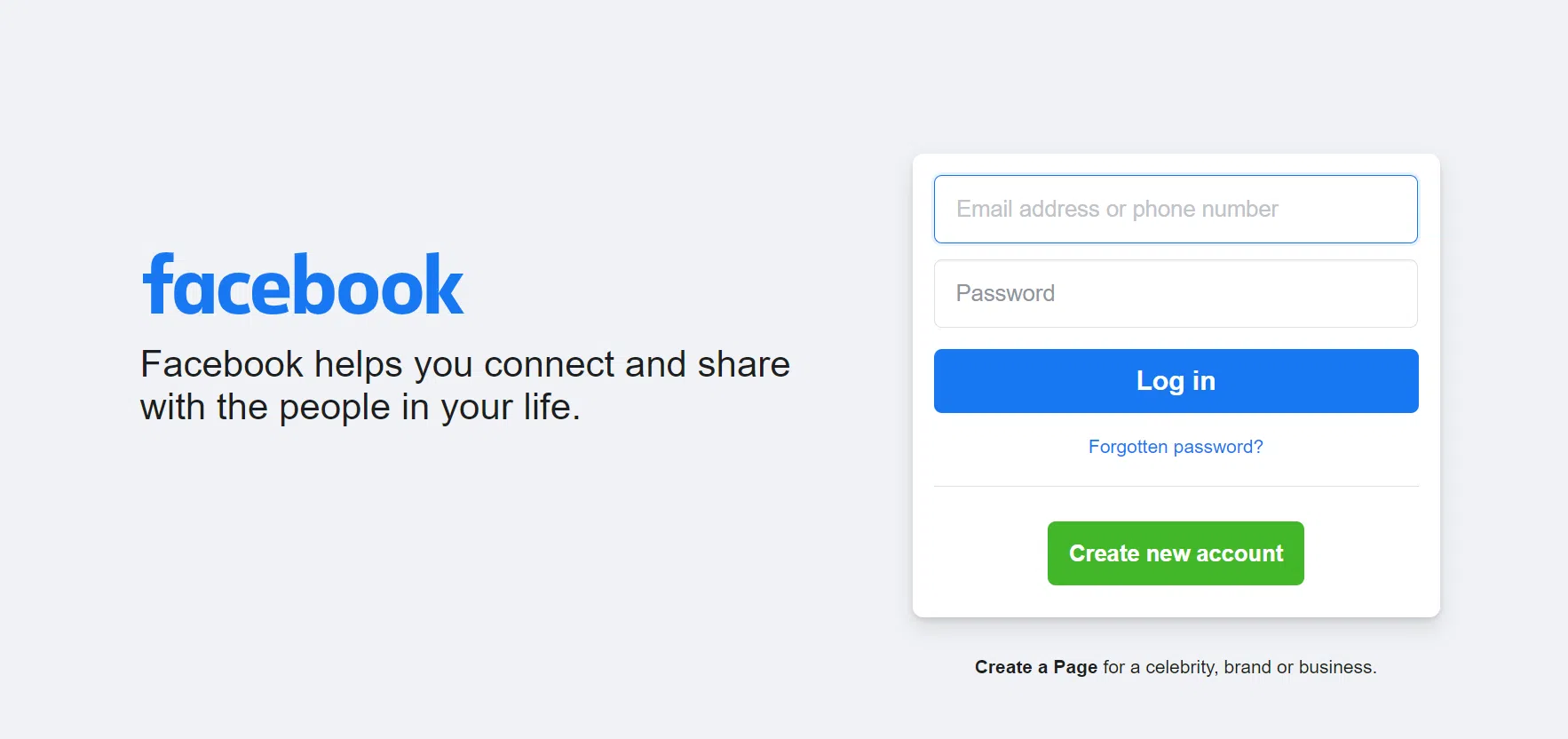
- Push Notifications: Alerts users about friend requests, likes, comments, and other interactions related to their posts and activity.
- Friends and Connections: This enables users to send and accept friend requests, manage friend lists, and stay connected with others.
- Messenger: Integrated messaging platform that allows users to send text messages, voice messages, photos, and videos and make voice and video calls.
- Groups: Let users join or create groups based on interests, where they can interact with others who share similar hobbies or passions.
- Events: Provides a platform for creating, managing, and RSVPing to events, whether they’re online or in-person gatherings.
- Pages: Allows businesses, brands, public figures, and organizations to create pages for promotion, communication, and engagement.
- Marketplace: Offers a platform for buying and selling items locally, connecting users with products and services within their area.
- Live Streaming: Lets users broadcast live videos to their friends and followers, encouraging real-time interactions.
- Reactions and Comments: Allows users to express their feelings toward posts using a range of reactions (like, love, wow, etc.) and leave comments.
- Explore Feed: Recommends content and pages based on a user’s interests, helping them discover new things on the platform.
- Watch: Offers a platform for watching videos, including original shows, user-generated content, and more.
2. Walmart
Walmart, one of the largest retail chains in the world, is a perfect example of a React Native app. Its popularity among shoppers in the United States can be attributed to its seamless user experience and fast performance.
React Native Walmart features include:
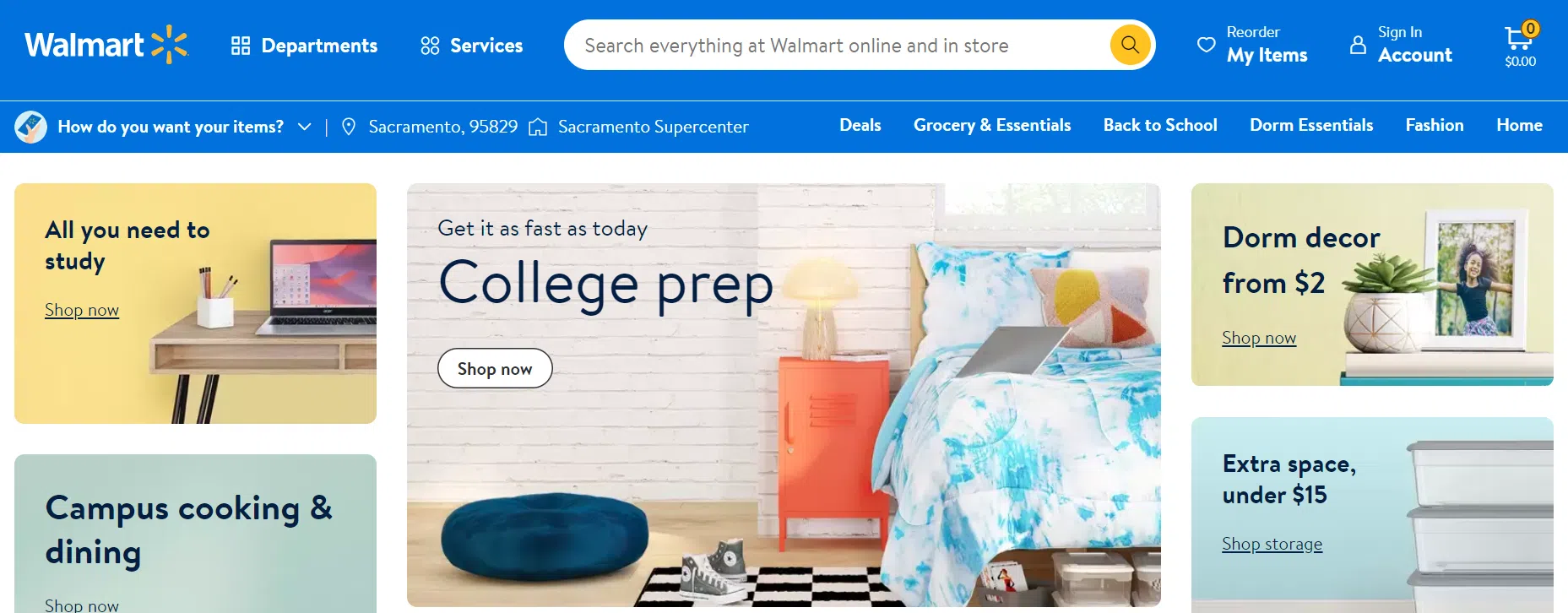
- Product Search and Browse: Users can search for products using keywords, categories, or by scanning barcodes. They can browse through a wide range of products available in the Walmart inventory.
- Online Shopping: Users can add products to their cart, view the contents of their cart, and proceed to checkout for online purchases.
- Store Locator: The app might include a feature that helps users find nearby Walmart stores using location services. It could provide store hours, directions, and contact information.
- Account Management: Users can create accounts, log in, and manage their profiles. This could include order history, saved payment methods, and delivery addresses.
- Walmart+ Integration: If applicable, the app could provide integration with Walmart’s subscription service, Walmart+. This might offer benefits like free delivery, member pricing, and more.
- Personalized Recommendations: The app might use user behavior and purchase history to offer personalized product recommendations and deals.
- Walmart Pay: Integration with Walmart’s mobile payment solution, allowing users to make payments in-store through the app.
- Pharmacy Services: If applicable, the app might offer features related to Walmart’s pharmacy services, such as prescription refills and medication information.
- In-Store Navigation: If available, users might have access to an in-store map or navigation system to help them find products within a physical Walmart store.
- Pickup and Delivery Options: Users can choose between various delivery and pickup options, such as in-store pickup or home delivery.
- Savings and Coupons: The app could provide digital coupons and savings offers that users can apply to their purchases.
3. Instagram
Instagram, a leading social media platform, adopted the React Native framework for its mobile app. The app’s success is a testament to React Native’s ability to deliver a smooth user interface and excellent user experience.
The main features of Instagram are:
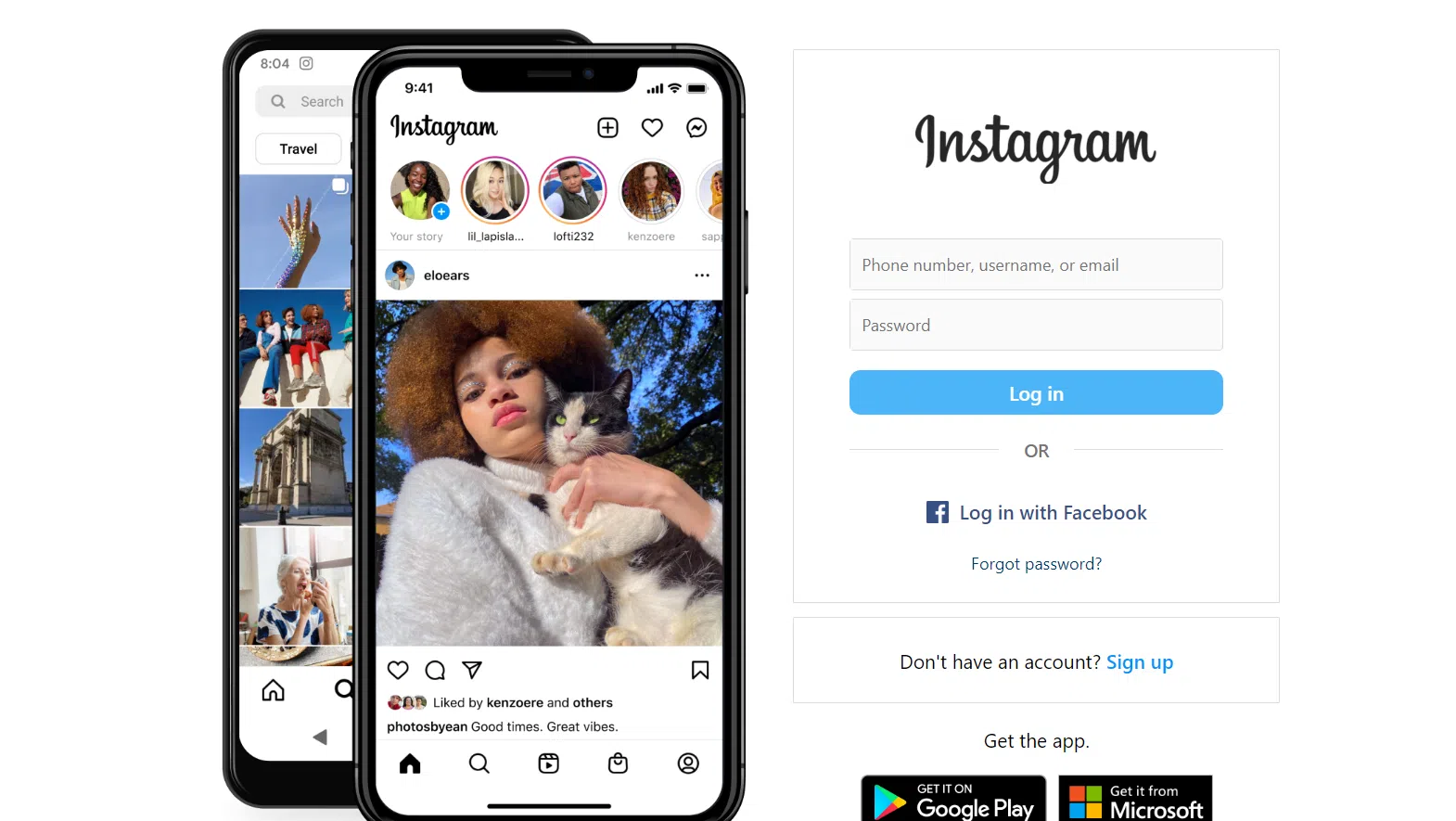
- User Profiles and Feeds: Instagram is one of the popular hybrid app examples built using React Native framework. It provides a smooth and responsive user profile experience. Users can view their profiles, update their information, and see their posts and followers in a native-like interface. The app’s feed, showcasing photos and videos from accounts followed, is optimized for performance using React Native’s components.
- Image and Video Sharing: The app allows users to capture, edit, and share photos and videos. The hybrid nature of React Native ensures that the media capture process is intuitive and integrated with the device’s camera functionalities, providing a consistent user experience across both Android and iOS platforms.
- Explore and Discover: Instagram’s Explore section, which suggests relevant content based on user interests, is implemented using React Native’s navigation and rendering capabilities. The hybrid app offers a fast and engaging experience while scrolling through curated posts, videos, and stories.
- Direct Messaging: The app’s direct messaging feature, allowing users to send messages, photos, and videos privately, is seamlessly integrated into the hybrid app. React Native’s native modules enable smooth interactions and real-time notifications, creating a native-like messaging experience.
- Stories: Instagram’s Stories feature, which lets users share temporary photos and videos that disappear after 24 hours, is a vital part of the hybrid app. React Native’s animation capabilities contribute to the smooth transitions and interactive elements within the Stories section, enhancing user engagement.
4. Netflix
Netflix, the renowned streaming service, is another top React Native app. With Reed Hastings as the Executive Chairman, the platform’s popularity in Hawaii, Florida, and Texas, according to Google Trends, highlights the efficiency of React Native.
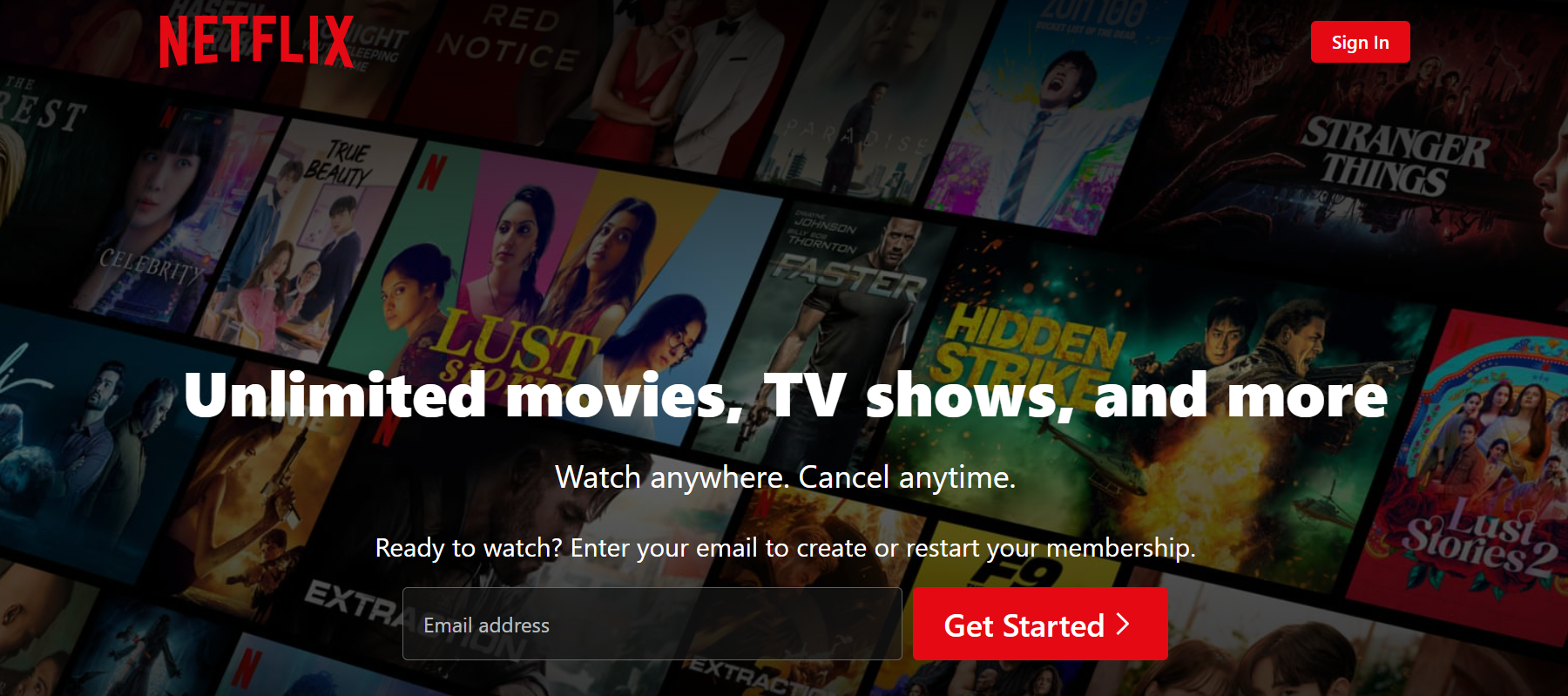
- Content Streaming: React Native enables app users to have a seamless streaming experience for movies, TV shows, documentaries, and more. The app leverages React Native’s media handling capabilities to provide a smooth playback experience, adjusting quality based on network conditions and device specifications.
- Personalized Recommendations: The app’s recommendation engine is integrated using React Native, offering users tailored content suggestions based on their viewing history and preferences. React Native components allow for an interactive and dynamic interface for exploring personalized recommendations.
- User Profiles and Multi-Device Sync: Netflix’s multi-profile support is seamlessly implemented in the hybrid app, allowing users to create and manage different profiles on a single account. React Native’s syncing capabilities ensure that users can seamlessly switch between devices while maintaining their viewing progress and preferences.
- Offline Viewing: Netflix’s hybrid app takes advantage of React Native’s offline capabilities, allowing users to download content for offline viewing. This feature provides flexibility for users to enjoy their favorite shows and movies even without an active internet connection.
- Search and Navigation: The app’s search and navigation features are built using React Native’s components, providing users with a fluid and responsive interface to browse and discover content. The hybrid nature of the app ensures consistent navigation and search experiences across different platforms.
5. Tesla
Tesla, known for its cutting-edge electric vehicles, is a popular React Native-based application for both iOS and Android platforms. The app’s popularity in the United States reflects Tesla’s commitment to delivering a seamless user experience.
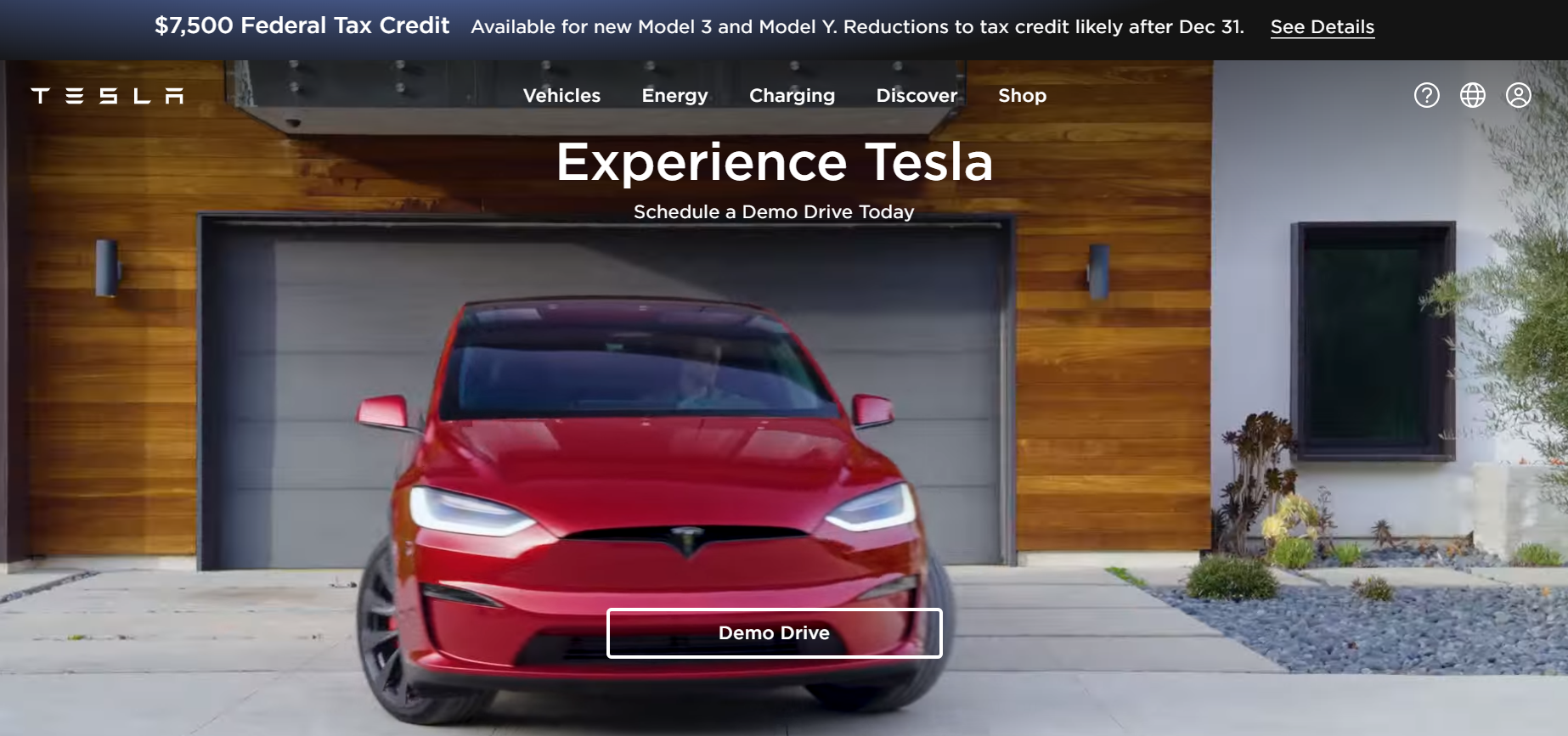
6. Airbnb
Airbnb has successfully adopted the React Native framework for its mobile app, with significant operations in San Diego and Miami. The app’s success showcases how React Native can deliver a delightful user experience in the travel and accommodation industry. Some of the common features of the app include:
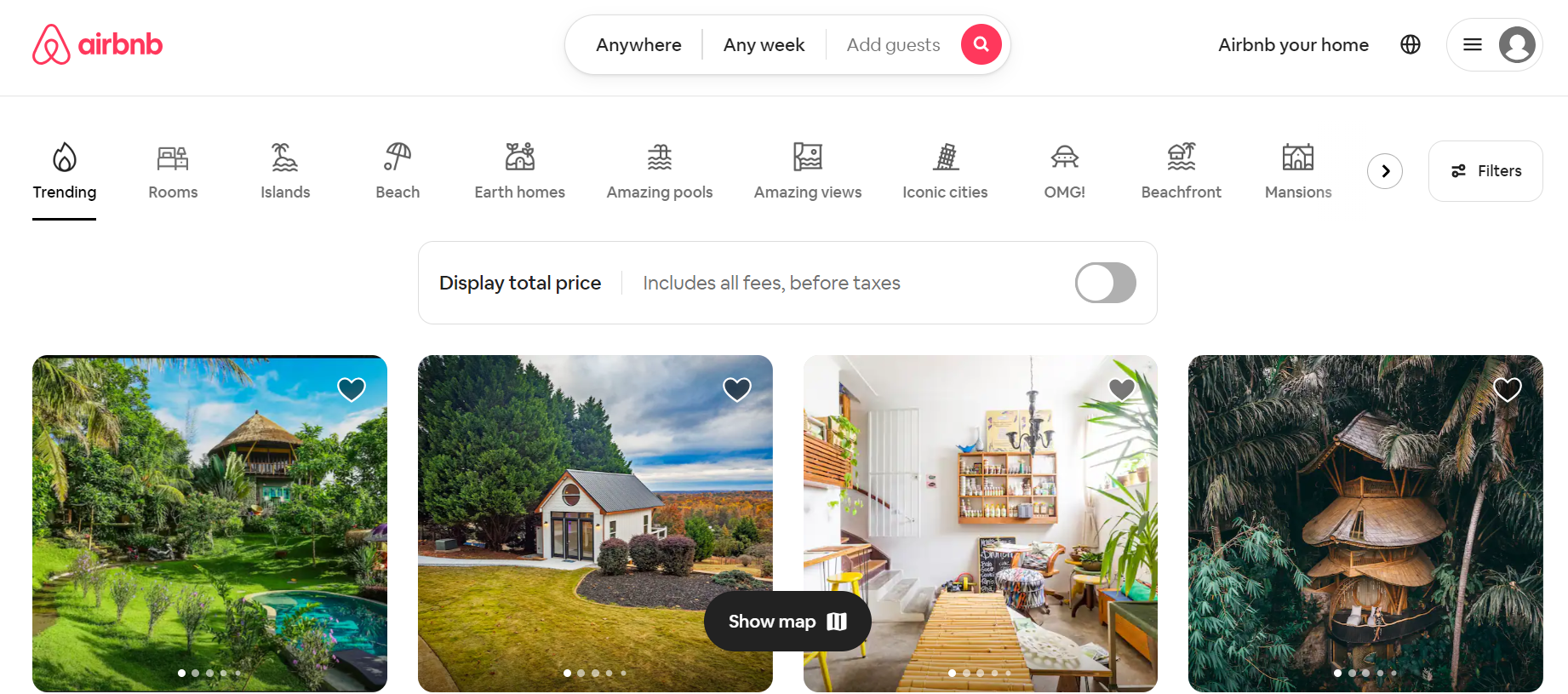
- Property Listings and Search: Airbnb’s hybrid React Native app offers a user-friendly property search experience. Users can browse and search for various accommodations using native-like search filters and sorting options. The app’s interface is optimized for performance, ensuring a smooth and responsive experience while exploring property listings.
- Interactive Maps: The app utilizes React Native’s mapping capabilities to provide users with an interactive map view of available accommodations. Users can view property locations, nearby attractions, and neighborhoods, all within a native-like map interface that supports gestures and navigation.
- Booking and Reservations: Airbnb’s booking and reservation process is seamlessly integrated into the hybrid app. Users can select their desired accommodation, choose dates, and make reservations using React Native’s components, ensuring a consistent and intuitive booking experience across both Android and iOS platforms.
- User Profiles and Reviews: The app allows users to create profiles, manage their bookings, and leave reviews for accommodations they have stayed in. React Native’s components enable the app to display user profiles, property reviews, and ratings in a native-like format, enhancing user trust and engagement.
- Messaging and Support: Airbnb’s messaging feature, which enables communication between hosts and guests, is implemented using React Native’s real-time capabilities. Users can send messages, receive notifications, and access support seamlessly within the app, providing a fluid and responsive communication channel.
7. Discord
Discord, a widely used communication platform among gamers, is a prime example of a React Native app. Its popularity stems from its real-time communication features and user-friendly interface.
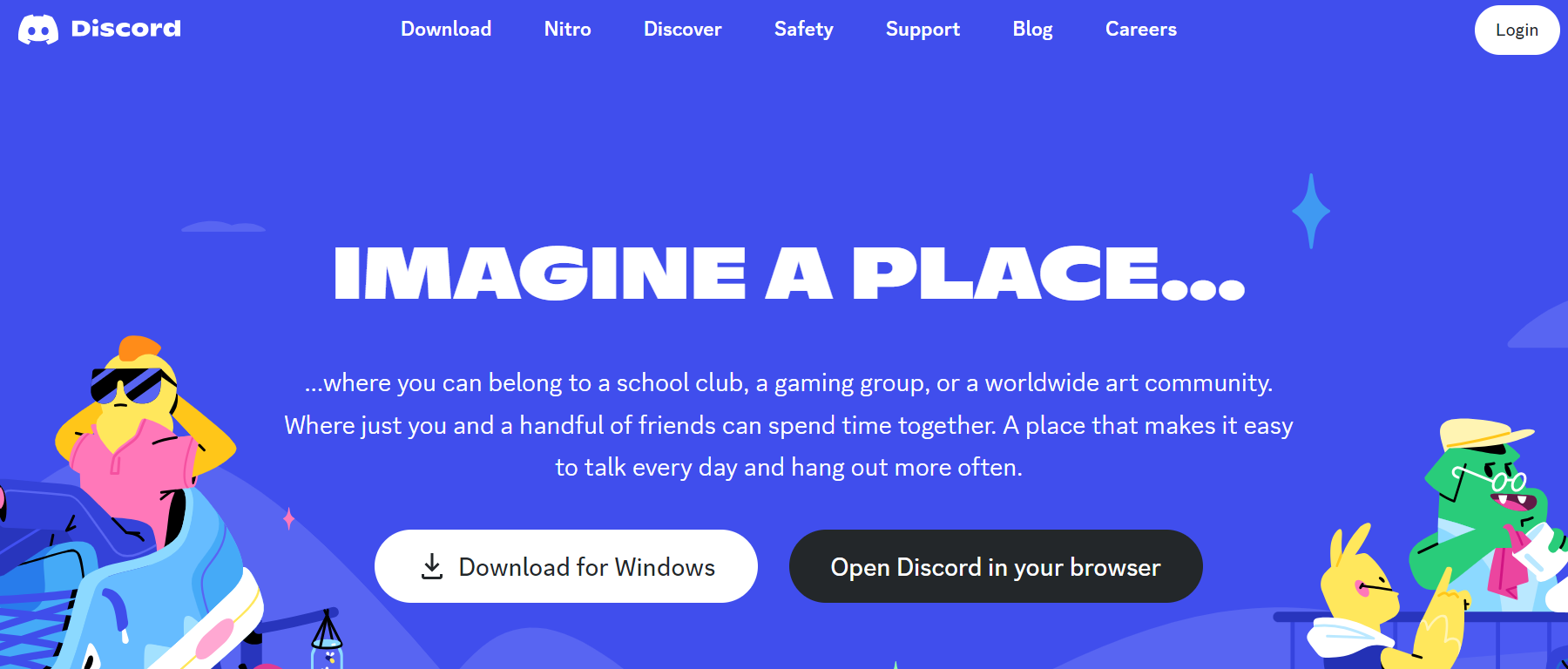
8. WhatsApp
WhatsApp, one of the most popular messaging apps globally, is built with React Native. The app’s cross-platform capabilities and smooth performance make it a favorite among users.
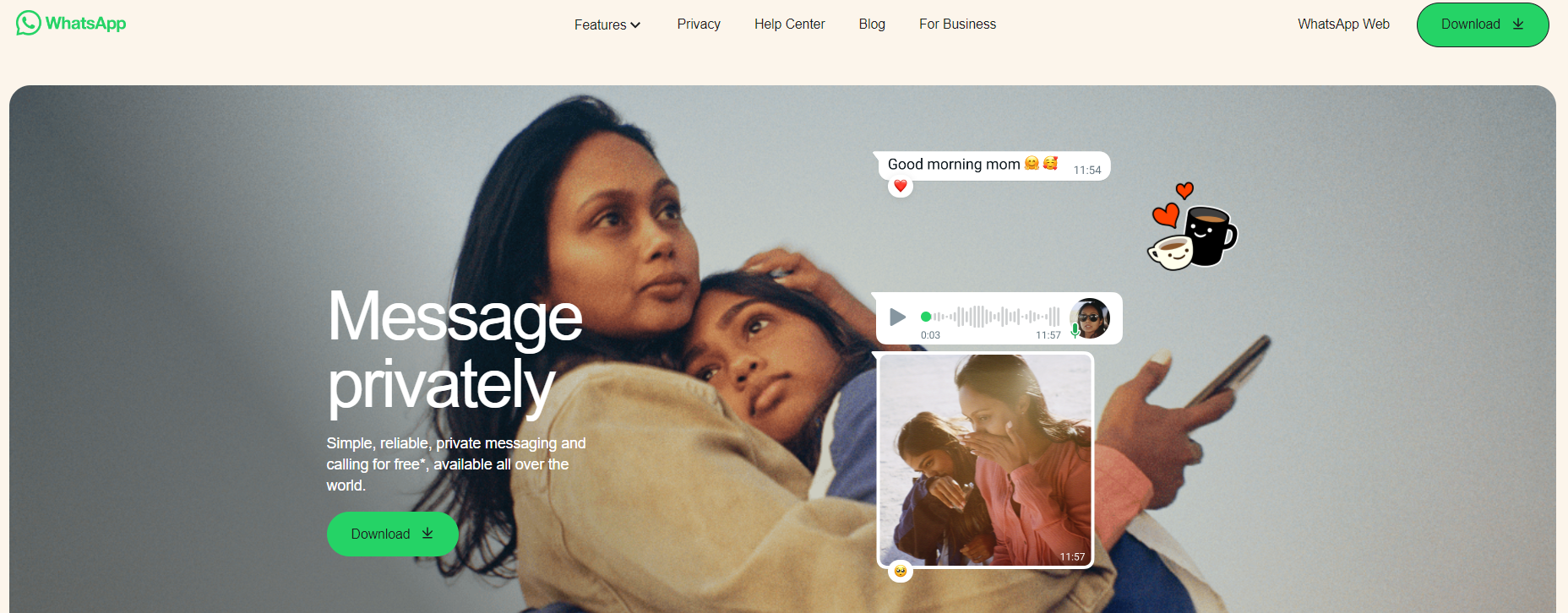
9. Pinterest
Pinterest, known for its captivating visual content, is among the popular apps built using React Native. Its seamless user experience and smooth navigation contribute to its success.

10. Shopify
As a prominent e-commerce app, Shopify has integrated Google Analytics and gained popularity with over 1.7 billion businesses in the United States. Its choice of React Native reflects its focus on delivering an efficient and cost-effective app.
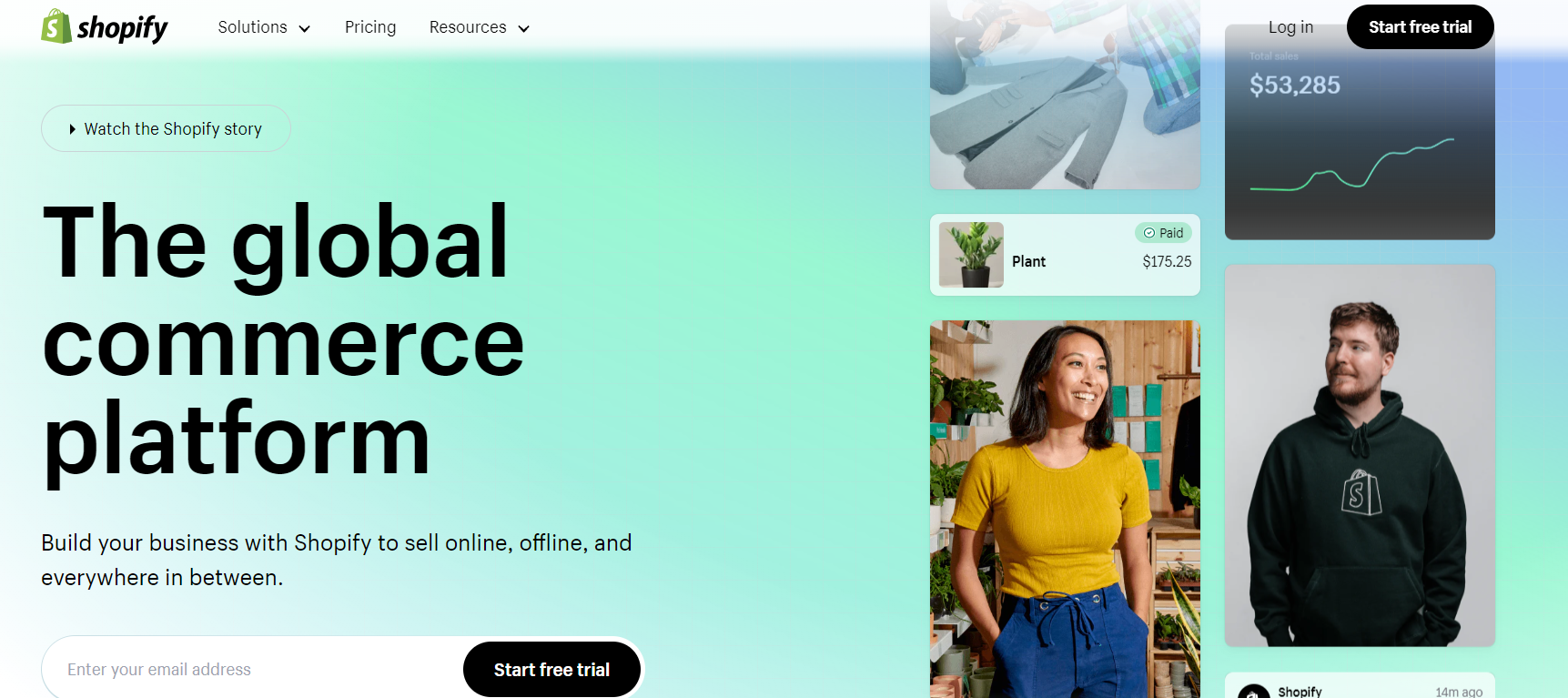
11. Uber Eats
Uber Eats, a food delivery platform, has gained popularity in Texas, Florida, and Georgia. Its success as a React Native app example is a testament to the framework’s ability to handle complex app functionalities.
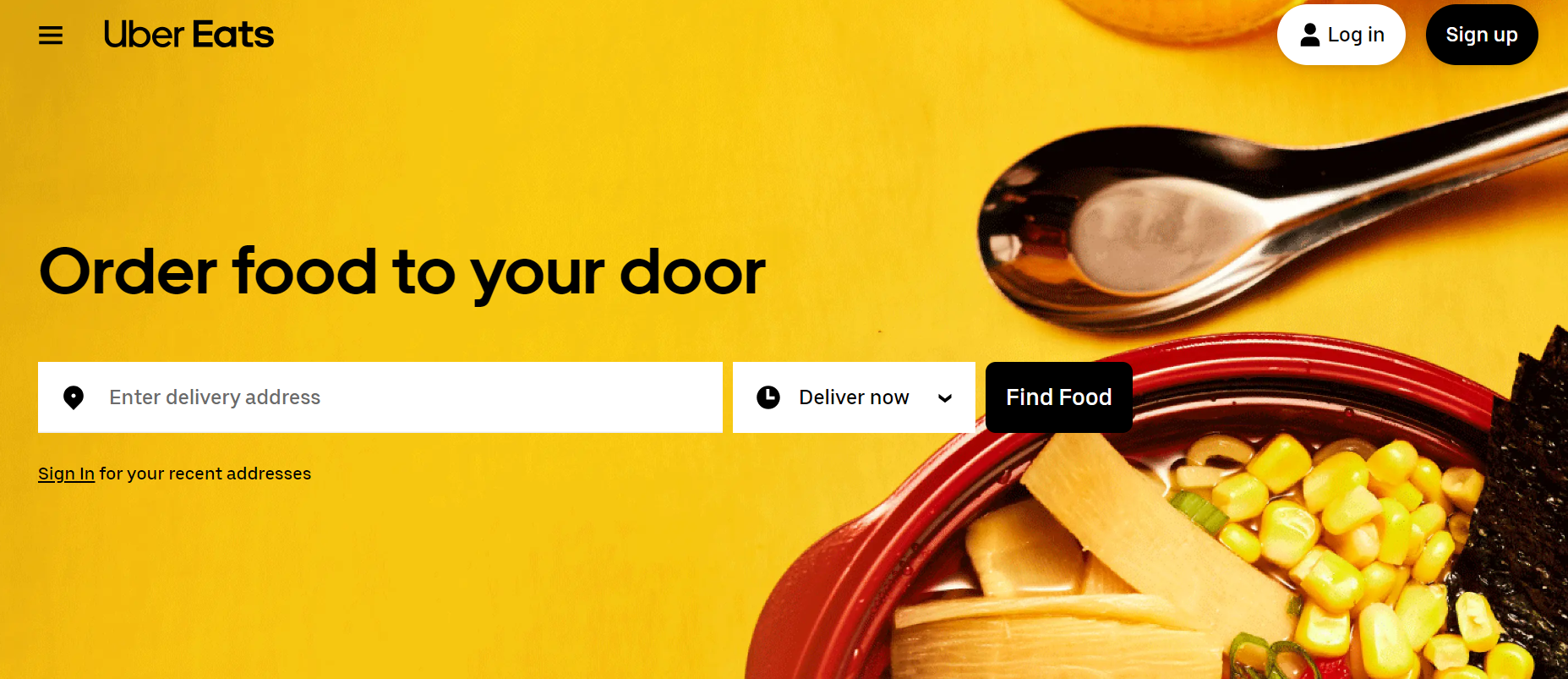
12. Wix
It is a leading e-commerce platform with a strong focus on SEO. Wix mobile app uses React Native. The platform’s popularity and success highlight React Native’s capabilities for delivering engaging user experiences.
13. Bloomberg
Bloomberg, a renowned news platform, leverages React Native for its mobile app, providing users with real-time updates and seamless navigation.
14. Facebook Ads
Facebook Ads Manager, a vital tool for marketers, is built using React Native. Its efficient user interface and performance make it a standout example of a React Native app.
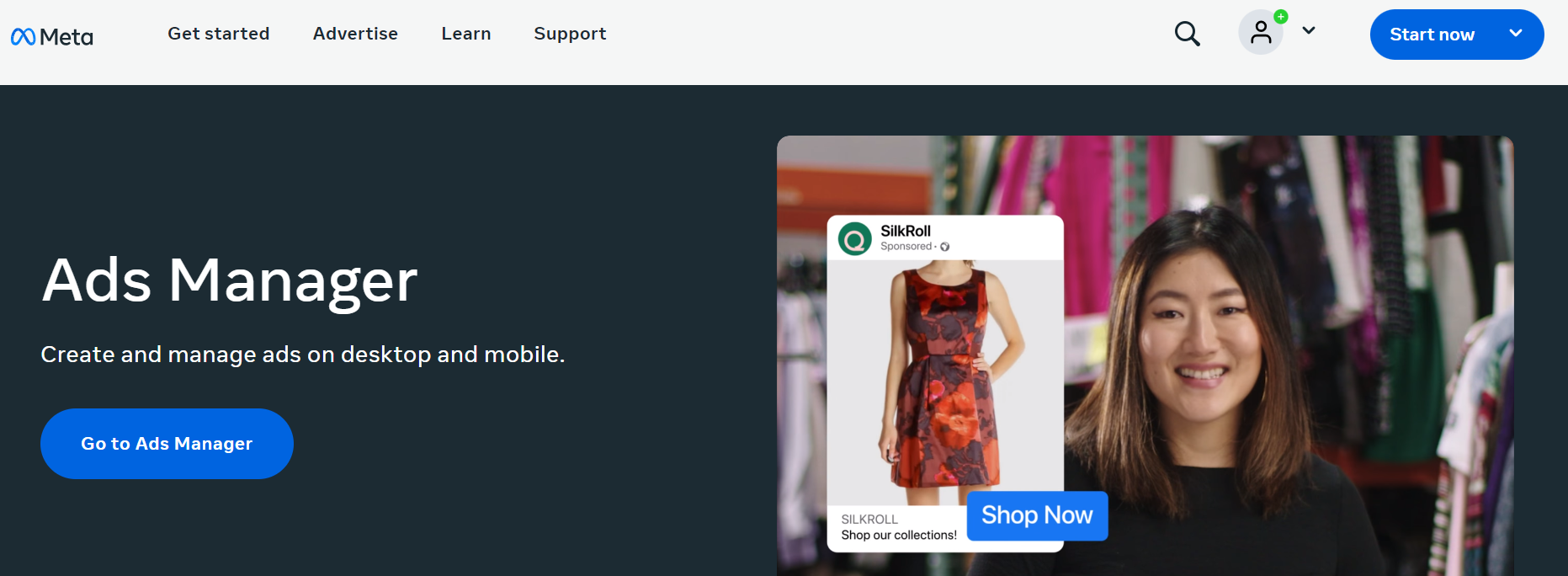
15. Skype
Skype, a widely used communication platform, is a cross-platform app built with React Native, showcasing the framework’s ability to handle diverse communication features
16. Microsoft OneDrive
Microsoft OneDrive, a cloud storage service, uses React Native for its mobile app, ensuring a smooth user experience and reliable file syncing.
17. Gyroscope
Gyroscope, a healthcare-related app, exemplifies React Native’s capabilities in the healthcare industry. The app’s abilities make it a wonderful example of a React Native app for healthcare.
18. Delivery.com
Delivery.com, a popular platform for online ordering, employs React Native to provide users with a seamless ordering experience.

19. Townske
Townske, a community-driven travel platform, uses React Native to deliver an engaging and user-friendly travel experience.
20. SoundCloud Pulse
SoundCloud Pulse, a platform for creators to manage their accounts, is built with React Native, providing a smooth and efficient user interface.
React Native App Cost for Android and iOS
The cost of mobile app development can vary depending on various factors, including the complexity of the app, the number of features, and the development team’s location. Overall, React Native development is generally more cost-effective than native app development since it allows for a single codebase for both platforms.
The cost of React Native development for Android and iOS apps separately depends on the specific requirements and the app’s complexity. Generally, the development cost for Android is lower than for iOS due to variations in development and testing processes.
How Can You Create a Stellar React Native App Example with Unique Software Development Experts?
Creating a stellar React Native app requires expertise and knowledge of the framework. Unique Software Development is a leading custom software development company that can help you build top-notch React Native apps. We provide excellent guidance through React Native tutorials, which serve as a valuable resource for beginners.
FAQs
Q. What is React Native app?
- A React Native app is a mobile application built using the React Native framework, allowing developers to write code once and deploy it on both iOS and Android platforms.
Q. What are some of the essential React Native components?
- Some essential components of React Native include View, Text, Image, ScrollView, FlatList, TouchableOpacity, and TextInput.
Q. What is native app development?
- Native app development involves building separate applications for each platform, such as iOS and Android, using their respective programming languages and development tools.
- Which is better for app development React Native or Flutter?
- Both React Native and Flutter are popular frameworks for cross-platform app development. The choice depends on specific project requirements, developer expertise, and preference.
Q. How can I learn React Native?
- You can learn React Native through online tutorials, official documentation, and community resources. Unique Software Development’s blogs are a great starting point for beginners.
Q. Can I create both iOS and Android apps with the help of the React Native framework?
- Yes, React Native allows you to create both iOS and Android apps using a single codebase, making it a powerful cross-platform development framework.
Q. What are the prominent features of the React Native framework?
- Prominent features of the React Native framework include hot-reloading, modular architecture, native-like performance, and a large and active community.
Q. Is the React Native application SEO-friendly?
- Yes, React Native apps can be made SEO-friendly, but it requires additional efforts to ensure that the app content is crawlable by search engines.
Q. Which React Native project is best for beginners?
- For beginners, starting with a simple app project that involves basic components and navigation is a good idea. Unique Software Development’s React Native tutorial can be a valuable resource.
Q. Is React Native good for developing mobile apps?
- Yes, React Native is an excellent choice for developing mobile apps, especially when cross-platform compatibility and rapid development are essential.
Q. What are the major limitations of React Native apps?
- Some limitations of React Native apps include limited access to native device features, potential performance issues with complex animations, and the need for additional native code integration for some functionalities.
Conclusion
React Native has emerged as a preferred choice for mobile app development, offering a seamless cross-platform development experience. The 20 most popular React Native apps in the United States showcased in this article demonstrate the framework’s power and versatility. Whether it’s social media, e-commerce, or healthcare, React Native continues to shape the future of mobile application design and development. As technology evolves, React Native will likely remain at the forefront of mobile app development due to its efficiency, cost-effectiveness, and wide community support. So, if you are looking to build a stellar React Native app, don’t hesitate to seek assistance. We are here to help. Contact us today! And explore the wealth of resources to enhance your business in this revolutionary world.















